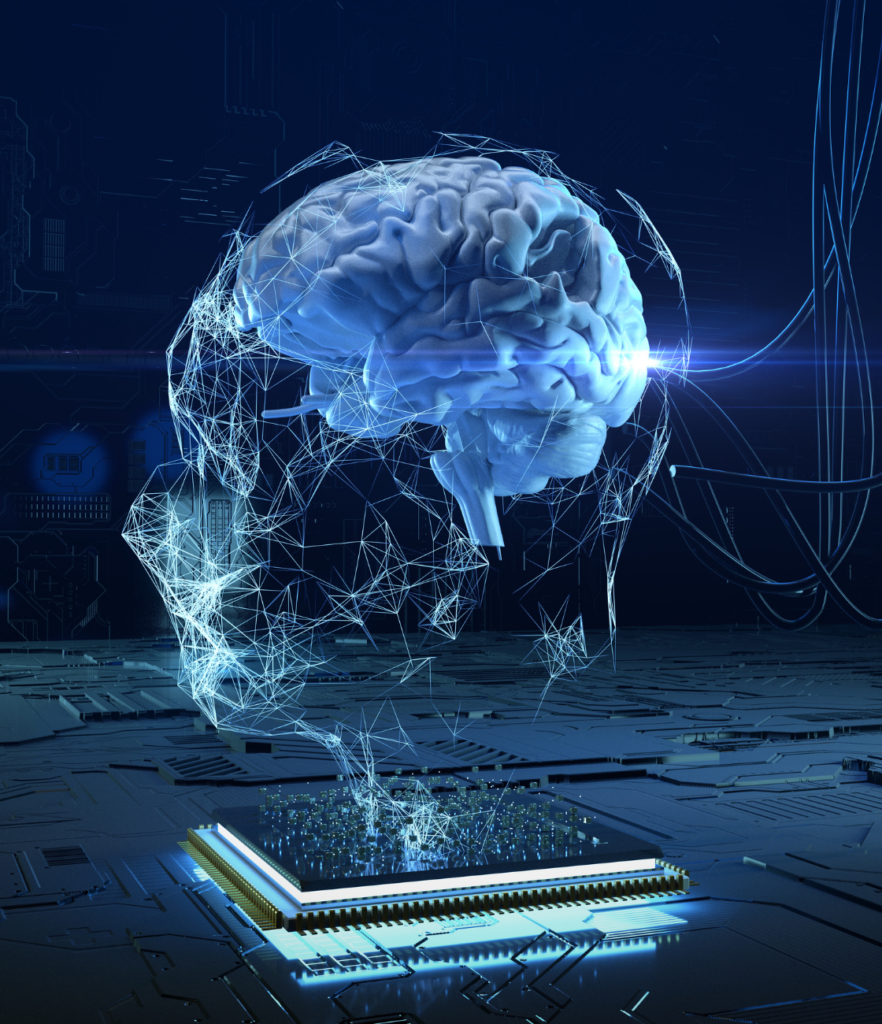In today’s competitive landscape, artificial intelligence has shifted from experimental technology to essential business capability. However, many organizations discover a significant gap between AI ambitions and infrastructure reality—their data environments simply weren’t designed to support the unique demands of machine learning and AI applications. Bridging this gap requires thoughtful architecture decisions that balance immediate AI needs with long-term scalability and governance.
Proven Track Record
Customer Satisfaction
We Have Completed
Typically Responds Within
Foundation and Architecture
Creating a solid foundation for AI begins with unifying fragmented data assets into accessible, reliable resources. Modern AI initiatives require the ability to draw insights from diverse data types—structured database records, unstructured documents, images, sensor readings, and third-party sources—often simultaneously. Implement consolidated data platforms like data lakes or modern warehouses that eliminate silos while maintaining appropriate security boundaries. These architectures should support both historical analysis and near-real-time data streams, providing AI systems with comprehensive context for decision-making while enabling rapid response to changing conditions.
Data quality becomes exponentially more important in AI applications, where flawed inputs directly translate to compromised outputs. Establish automated quality monitoring that validates incoming data against defined standards, flags anomalies, and maintains lineage tracking throughout your data pipeline. Implement master data management practices that ensure consistency across systems, and develop comprehensive metadata strategies that make data discoverable and contextually relevant. Remember that AI systems don’t just need access to data—they need access to trustworthy data with well-understood characteristics and limitations.
Operations and Ethical Considerations
The computational demands of AI workloads differ significantly from traditional analytics, requiring infrastructure that can efficiently handle intensive training phases and responsive inference operations. Design your computing environment with flexibility in mind, leveraging cloud resources for elastic scaling during model development and specialized hardware accelerators for performance-critical applications. Implement orchestration tools that optimize resource allocation across your AI portfolio, ensuring cost-effectiveness while maintaining consistent performance. This balanced approach allows organizations to control expenses during experimental phases while rapidly scaling successful AI initiatives.
Responsible AI deployment demands infrastructure that supports ethical principles and regulatory compliance by design. Build privacy protection mechanisms directly into your data architecture, including anonymization capabilities, consent management systems, and granular access controls. Implement tools for bias detection and fairness analysis that can evaluate training data and model outputs for problematic patterns. Create comprehensive audit trails that document model decisions, particularly for high-stakes applications where transparency is essential. By addressing these ethical considerations at the infrastructure level, organizations can establish trust in their AI systems while mitigating compliance and reputational risks.

Performance Benchmarks
- 68% reduction in time required to prepare data for AI applications
- 57% improvement in model training efficiency through optimized infrastructure
- 42% increase in successful AI deployments moving from prototype to production
- 73% enhanced ability to explain and document model decisions for compliance
- 46% reduction in bias incidents through improved data quality and monitoring
Conclusion
Building AI-ready infrastructure requires significant investment, but creates the foundation for transformative business capabilities that would otherwise remain out of reach. By focusing on these key architectural elements—unified data access, quality assurance, flexible computing resources, and ethical guardrails—organizations can accelerate their AI initiatives while establishing sustainable practices for long-term success. Remember that the most effective AI infrastructure evolves alongside your organizational capabilities, starting with foundational elements and progressively incorporating more sophisticated features as your AI maturity grows.


